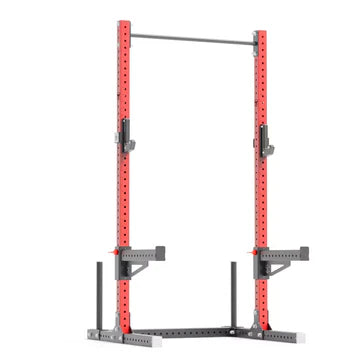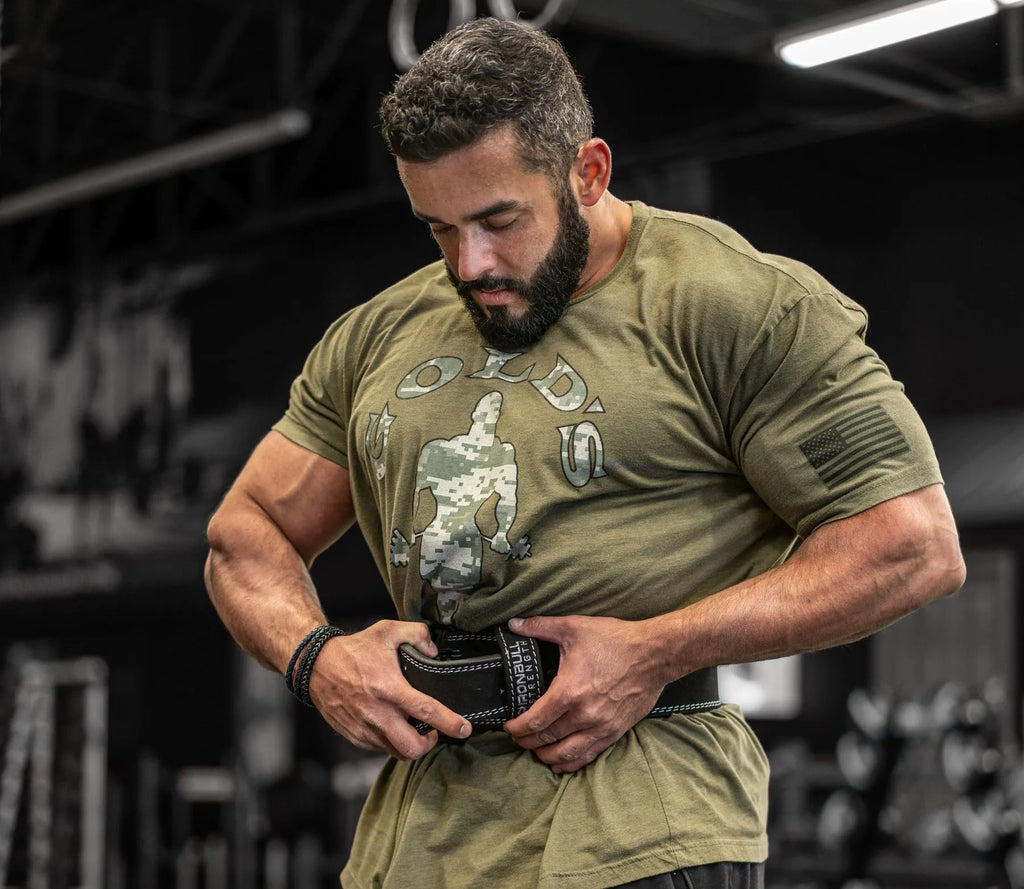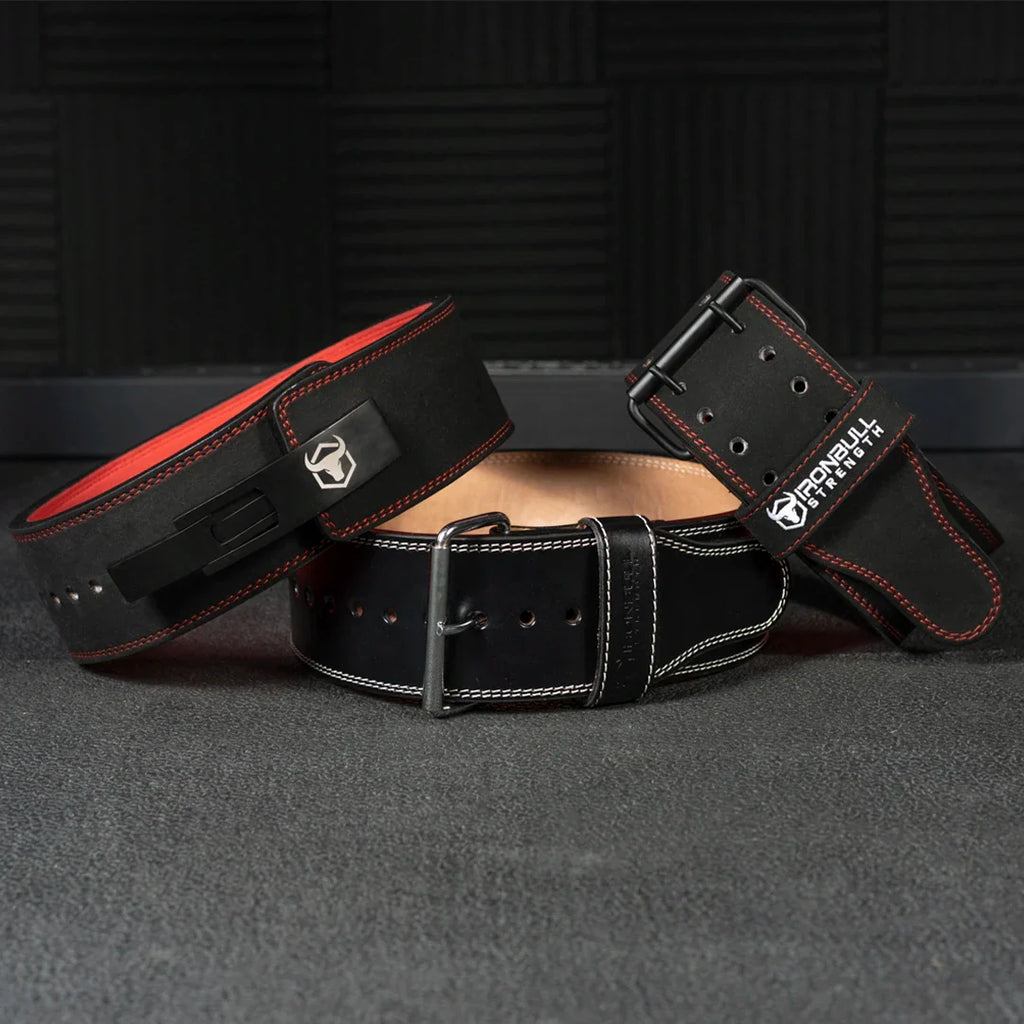How Squat Racks Support Rehabilitation: Recover Safely from Injuries

Why Squat Racks Are Perfect for Rehabilitation
When you're on the mend from an injury, the last thing you want is to make things worse. Squat racks provide a stable environment, so you can focus on building strength without worrying about aggravating your injury.
Their robust support helps ensure that you can perform exercises safely, which is essential for a smooth recovery.
Traditional training can often involve unpredictable movements, but squat racks allow for precise control. This is especially important in rehab, where sudden shifts can spell disaster for your progress.
By using a squat rack, you can focus on controlled movements, keeping things steady and safe.
One of the best features of squat racks is their adjustable safety bars. These bars catch weights if an exercise becomes too tough, preventing re-injury.
Look for a squat rack with adjustable safety bars, which are ideal for rehabilitation due to their customization options for different exercises.
Targeted Recovery Exercises Using Squat Racks
Squat racks aren't just for heavy lifters; they're great for lower body recovery too. Modified squats and lunges can aid in the recovery of knee or ankle injuries by allowing you to adjust the range of motion.
This means you can gradually rebuild strength without overloading the injured area.
For upper body rehab, squat racks can be a lifesaver. With pull-up or dip attachments, you can perform exercises like assisted pull-ups or rows to help shoulder and back injuries recover.
These attachments offer support while you gradually rebuild strength.
Don't forget about your core! Rack pulls or partial deadlifts can help restore core strength without putting too much strain on injured areas.
Consider using adjustable J-Cups for customized lower body and core exercises to support gradual recovery.
Essential Equipment to Complement Squat Racks for Recovery
When you're recovering, it's important to protect your joints. Supportive gear like knee wraps or lifting belts offer extra stability, ensuring controlled movement and reducing injury risks during recovery lifts.
An adjustable bench paired with a squat rack can add versatility to your routine. It enables a wide range of seated exercises, minimizing strain on injuries.
Using lighter bumper plates allows for gradual strength building without overloading healing areas. This approach helps you progress safely and effectively.
How to Use Squat Racks for Rehab Safely
Setting up your squat rack properly is key to a safe rehab process. Adjust the height of safety bars and J-cups to ensure proper form and injury prevention during exercises like squats.
Start with bodyweight or light resistance exercises and gradually increase weight using the squat rack’s support for a structured recovery program.
Maintaining proper form is crucial post-injury. Ensure correct posture and slow, controlled movements to avoid re-injury. The squat rack can help you maintain form integrity.
Safety Guidelines to Prevent Re-injury During Recovery
Listen to your body and avoid pushing through pain. Use the squat rack to perform exercises that don’t overstress the injured area, and make sure to include rest days.
Working with a physical therapist or trainer can be invaluable. They can help design a rehabilitation plan that’s customized for your injury, using squat racks for safe strength progression.
Focus on gradual progress. Take a cautious approach to increasing weights and repetitions to ensure long-term recovery.
Knee sleeves can stabilize joints during rehabilitation and protect vulnerable areas during lifts.
Conclusion
Squat racks play a significant role in injury rehabilitation, offering safety, stability, and control throughout the recovery process.
Paired with essential supportive equipment, they enable a structured approach to regaining strength and mobility safely.










